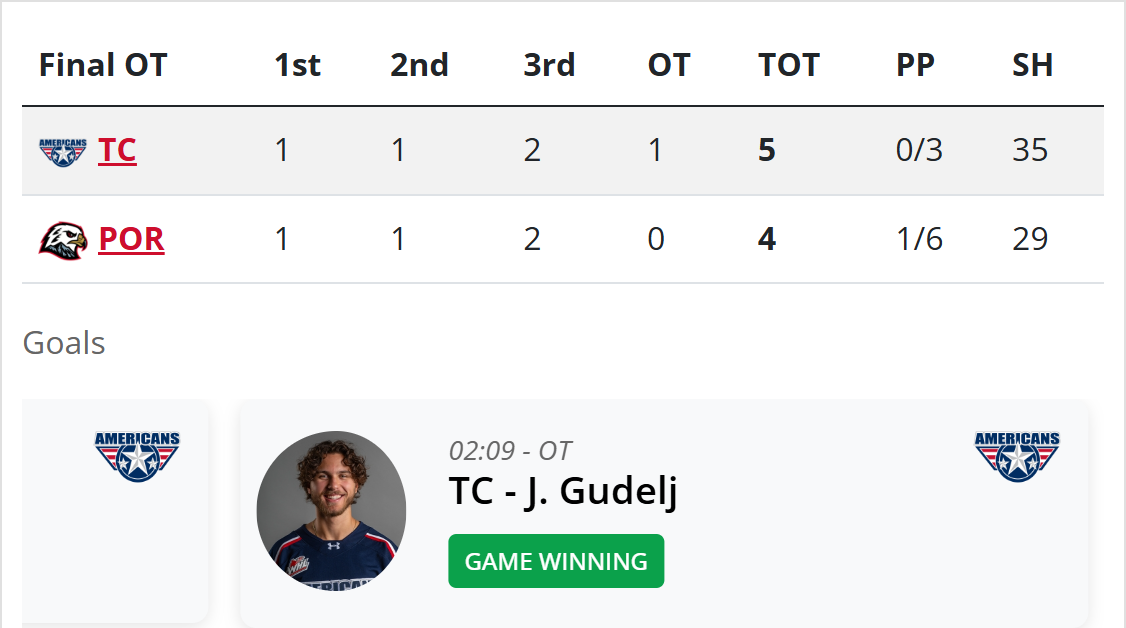Local News & Alerts
A 35-magnitude earthquake was recorded at the southern end of the two fault lines that run...
More
OHA release - What you should knownbsp Carbon monoxide risks increase during winter due to...
More
Coos Bay Public Library 525 Anderson Ave Coos Bay OR - Open Mens Group Monday December 29 ...
More
SWOCC release - Coos Bay OR ndash Students planning to attend Southwestern Oregon Communit...
More
North Bend Fire Department Announces Annual Christmas Tree Pickup Saturday, January 3, 2026, Dec. 29
City of North Bend release - North Bend Ore mdash The North Bend Fire Department will cont...
More
OPRD release - SALEM Oregonmdash Whether you prefer a moderate hike through a desert lands...
More
City of North Bend release - Wednesday December 31 2025 200 PM to 600 PM North Bend Event ...
More
Asking Eric: I feel I’m party crashing when I end up going to event I wasn’t specifically invited to
Dear Eric After 38 years of military and Department of Defense service I retired and moved...
More
DEAR ABBY Should I change my financial arrangement with my husband We have been married 18...
More
A person was found dead in a car in a driveway in Hillsboro on Saturday police officers sa...
More
Elite curlers use NFL training center to boost strength and performance for Milan Cortina ...
More
Four disciplines test athletes agility strength and control on icy slopes
More
The toughest loss of the season for the Portland Winterhawks so far They give up a goal to...
More
Anfernee Simons has roamed the Moda Center hundreds of times over the last eight years see...
More
Sergio Dondolis award-winning gelato draws visitors from around the world to San Gimignano
More
Reformation Covenant Church gathered at Trinity Lutheran in Oregon City after a fire damag...
More
Isabella Baldisseri a Woodburn resident and 2025-26 president of Key Club International wi...
More
Expert recap and game analysis of the Oregon Ducks vs Omaha Mavericks NCAAM game from Dece...
More
Nate Bittle had 26 points and nine rebounds to lead Oregon to an 80-57 victory Sunday over...
More
httpswwwinstagramcomreelCprQhrmsiTPigshOWhpNzk2czRreDg4Al comps de la marinera juanpaespin...
More



















